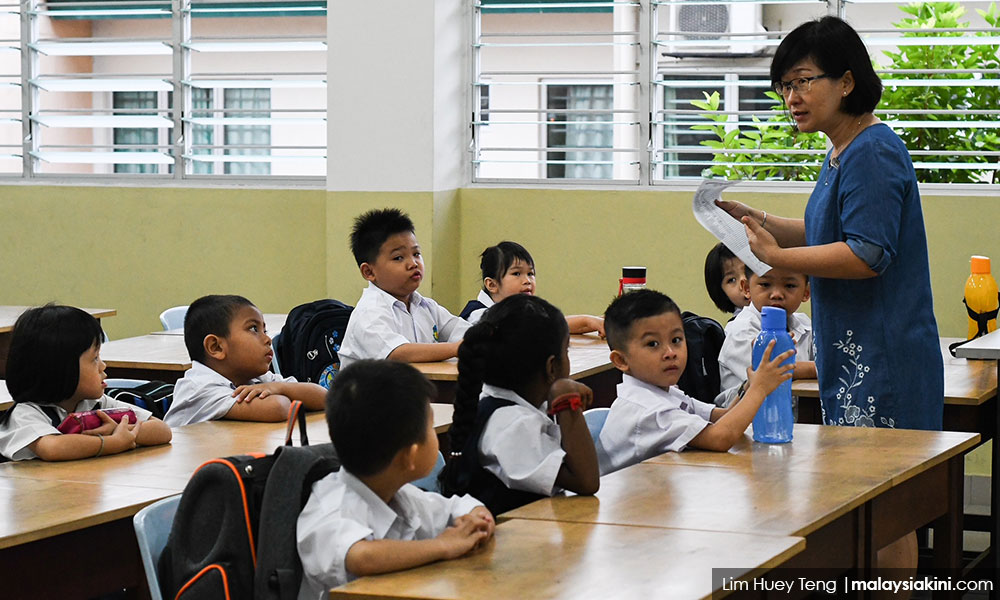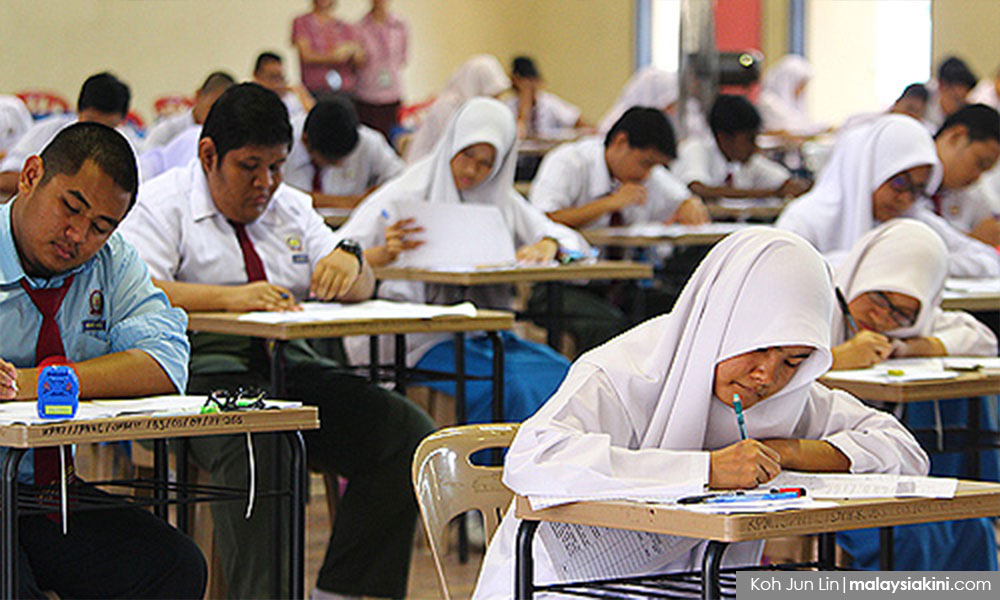Asian parents place much emphasis on academic excellence and are willing to make sacrifices to give their children the best education they can afford; sometimes even when they can’t afford to.
Given the less-than-stellar quality of Malaysian public education, the sacrifices are real.
Many observers look back to the good old days when the Malaysian education was regarded as second to none in Asia. Oh how far we have fallen!

Alas, the oft-quoted maxim “Those who can’t do, teach” now rings too close for comfort.
Organisation for Economic Co-operation and Development (OECD) highlighted weaknesses in teacher competencies as a serious impediment to overall education quality in Malaysia, attributing that partly to the low quality of applicants to teacher education institutes. In 2010, a mind-boggling 93% of Bachelor of Education applicants at these institutes scored below the minimum academic requirement (Ministry of Education Malaysia, 2012)! Would you wager things have significantly improved since?
Tuition classes to supplement the insufficient learning from public schools are common; a necessity even, some might argue. Hours robbed from one’s childhood can never be recovered.

The OECD’s Programme for International Student Assessment (PISA) global rankings on student performance in mathematics, reading, and science highlights the dismal proficiency of Malaysian students on these subjects. PISA is an exam administered every three years to measure 15-year-olds in 72 countries.
While Singapore consistently topped all three, Malaysia’s scores stayed below average. In 2015, Malaysia scored 446 in mathematics (vs. average: 490) , 431 in reading (vs. 493) and 443 in science (vs. 493), albeit an improvement from 2012. Granted Singapore has long left Malaysia far behind in many socio-economic aspects, with education being just one. But losing even to Vietnam?!
Much has been said about students entering universities lacking mastery in basic mathematic skills, reasoning and proof, and not being able to make connections in other disciplines. And of unemployable university graduates, some of whom are incapable of stringing a single coherent sentence in English.

Alas, Malaysia’s education system seems to lack long-term planning. Education policies often get changed every few years before they could deliver results – it feels like we’re in a perpetual state of experimentation in respect to curriculum, teaching methodology, evaluation and even medium of instruction.
Perhaps the most disruptive and controversial in recent years was the flip-flop on using English as the medium to teach science and mathematics in schools – the policy was introduced in January 2003, and reversed in July 2009.
No one likes their children to be experimented upon. The perceived lack of certainty in education policies pushed many parents to consider private schools.
Amid the dwindling confidence in our school system, international schools are thriving.
There used to be a 40% cap on Malaysians permitted to enrol in international schools. With the cap removed in 2012, some international schools are now predominantly filled with Malaysian students.
According to a 2017 report by the International School Consultancy Research (ISC), Malaysia has 170 international schools with a total of 71,589 students. Education Destination Malaysia’s 2017/18 guidebook highlights 140 international schools.

The cost to put a child through private school ranges from RM12,000 to over RM120,000 per year, excluding other fees such as boarding. Then there’s the 5-10% annual increase.
Education Destination Malaysia estimates RM30,000-50,000 as roughly what it would cost to put your child through a year of primary education in a mid-cost international school. According to its data, Sri Kuala Lumpur (probably the most sought-after international school) has relatively affordable annual tuition fees of RM15,300-RM29,600 (excluding other fees). But you’ll have to jostle other parents for a spot – the waiting list is crazy long!
Getting a spot in Malaysia’s public universities is also highly competitive. The racial quota in local universities makes it harder for minorities to be accepted for highly sought-after courses. Under the government’s affirmative action programme, 55% of university places went to Bumiputeras. Upon the abolishment of the race quota, matriculation was introduced as an alternative to Sijil Tinggi Persekolahan Malaysia (STPM). But it has been highly criticised for being markedly easier than STPM, and serves as an easier path for Bumiputeras, for whom 90% of the places are reserved.
Those who can’t get a spot in local universities for a course they want may have no choice but study in private universities. Ringgitplus.com estimates that it cost an average of RM7,000 to pursue a local public university course while local private universities charge 3-5 times that or more, depending on the course. Moreover, the cost of studying in a private university keeps increasing much faster than inflation.


